Articles by Henry Schneiderman, MD

This pruritic rash appears to be a drug reaction to a cephalosporin. This class of drug often produces allergic reactions in the skin; this was quite an ordinary one, neither vasculitic nor urticarial. The mucosa was not affected, which ruled out Stevens-Johnson syndrome.
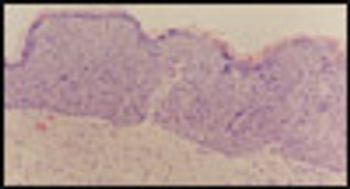
An 82-year-old man is seen for annual physical examination in the nursing home. He has resided there for 1 year because of the aggregate impact of multiple medical problems including, most prominently, laryngeal swallowing dysfunction associated with vocal cord paralysis.
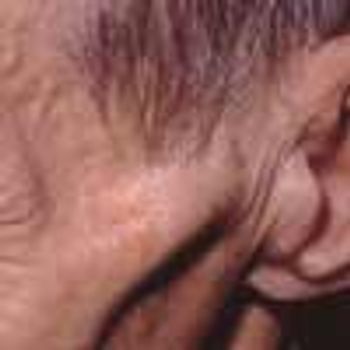
Frightened but lucid man who appears stated age. Vital signs are normal. No mass palpable in abdomen, though there is a faint suggestion of upper-abdominal distension. No supraclavicular lymphadenopathy, umbilical nodules, or upper-abdominal vascular bruit.
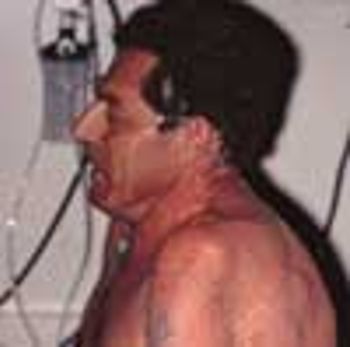
A middle-aged man hospitalized for intensive pulmonary toilet and topical and systemic treatment of a refractory skin disorder. Cough and moderate dyspnea with even mild exertion. Complains of scaling, uncomfortable dermopathy that he finds deeply cosmetically disfiguring and emotionally distressing.

Seventeen years ago, "What's Your Diagnosis?" was launched as a monthly service in CONSULTANT. The feature was developed with Dr Schneiderman to emphasize the skills involved in physical diagnosis-a field in which he is a nationally recognized authority.

When a colleague heard last month thata book of my poems and drawingshad just been published,1 he askedwhat, if anything, these pursuits hadto do with physical diagnosis. Surprisedat his response, I set about trying to articulate whyI see the arts as essential spiritual nourishment for all ofus in medicine.

A 78-year-old woman requests evaluation of worsening dyspnea. A long-time smoker, she quit when chronic obstructive pulmonary disease (COPD) developed. At each of the last several visits, her hair had been uniformly white.
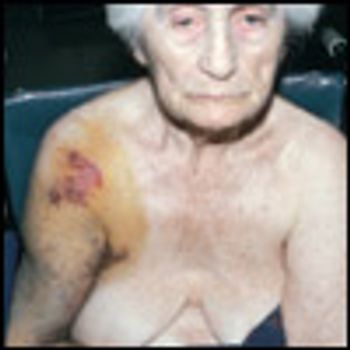
An 89-year-old woman, who has long lived on the special care (dementia) unit of a nursing home because of advanced Alzheimer disease, is seen to assess possible injuries after a fall. Many prior falls have been ascribed to her lack of safety awareness in negotiating the environment, rather than to neuromuscular, sensory, or cerebellar deficits.

An 87-year-old woman who recently moved to an assisted living facility from her home is seen for evaluation of facial edema and erythema after a bee or wasp sting sustained 2 days earlier. Patient denies pain, pruritus, or visual changes. She took one dose of diphenhydramine shortly after the event and has noticed that the edema, which affected primarily the right side of the face, near the sting, has improved.
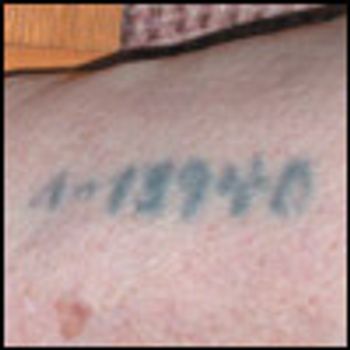
An 87-year-old woman who recently moved to an assisted living facility from her home is seen for evaluation of facial edema and erythema after a bee or wasp sting sustained 2 days earlier. Patient denies pain, pruritus, or visual changes.








